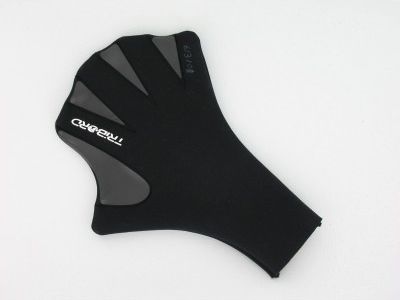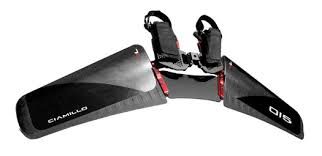Equipment based on friction
This kind of equipment expands the surface of the body part submerged in water, thus resistance will increase. The equipment can be used moving in any direction, unlike those types of equipment, the use of which is based on buoyancy, which can be used only vertically. These types of equipment are useful when moving around in water and this feature also differentiates them from the previous group. Buoyancy-based equipment will move upward at all times, independently of us. Friction also depends on the surface area of the body (part) as well as its shape, the speed of motion, the specific weight of water and other indicators. There are different ways to use these tools to intensify the efficiency of exercises, but one of the main advantages is that they hold the muscles in balance by working out both sides of the body. Since friction can be perceived in all directions, some buoyancy-based equipment can be used parallelly with the friction-based ones, doubling the beneficial effects of the exercise. First, muscles need to be held underwater by overcoming the force of buoyancy, then the force of friction needs to be dealt with. It is important, that the joints of the elbows and knees should not be strained, only held at ease. The force of drag is to be felt by the muscles (not by the joints, which need to be protected).
Webbed glove

One of the most popular types of equipment, based on the principle of friction. The web between the fingers turns the hand into a fin, expands the surface and intensifies motion.
Fins


They are other efficient sports devices, which might be worn on the wrist or on the ankle. Sometimes they are compared to wings and increase friction resistance in a direction opposite to the movement of the arms and/or legs.
Other types of sports equipment are as follows:
- Disc with strap
- weights
- Kickroller
- Hula-hoop
- kickboards
- Pull buoys